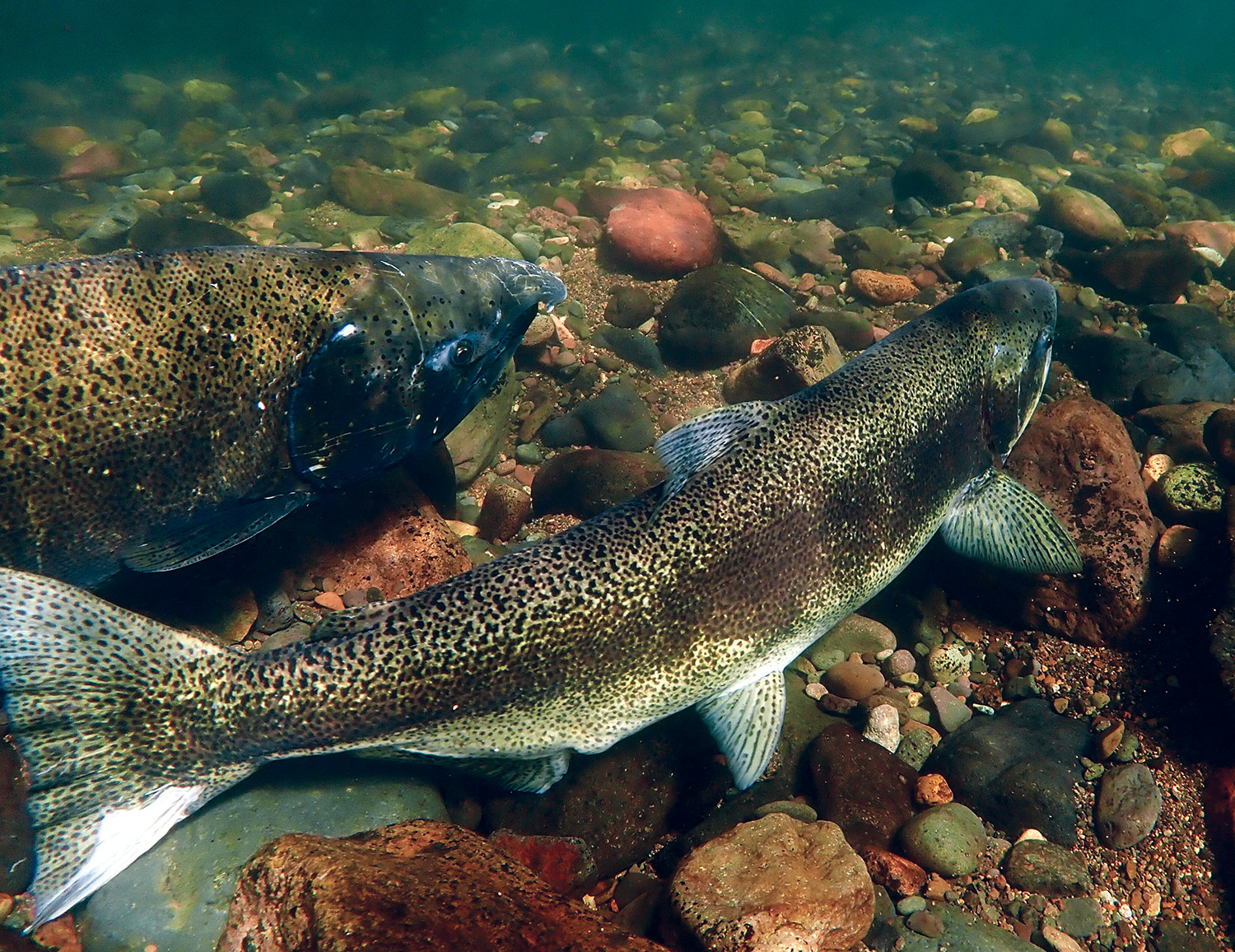A paradigm shift in conservation genetics centers two new requests to list Oregon and California spring Chinook.
In January, the National Oceanic and Atmospheric Administration added two Chinook salmon populations as candidates for protection under the Endangered Species Act.
The petition under consideration—submitted by the Center for Biological Diversity, Native Fish Society, and Umpqua Watersheds—seeks to list both Oregon Coast and Southern Oregon/Northern California Chinook.
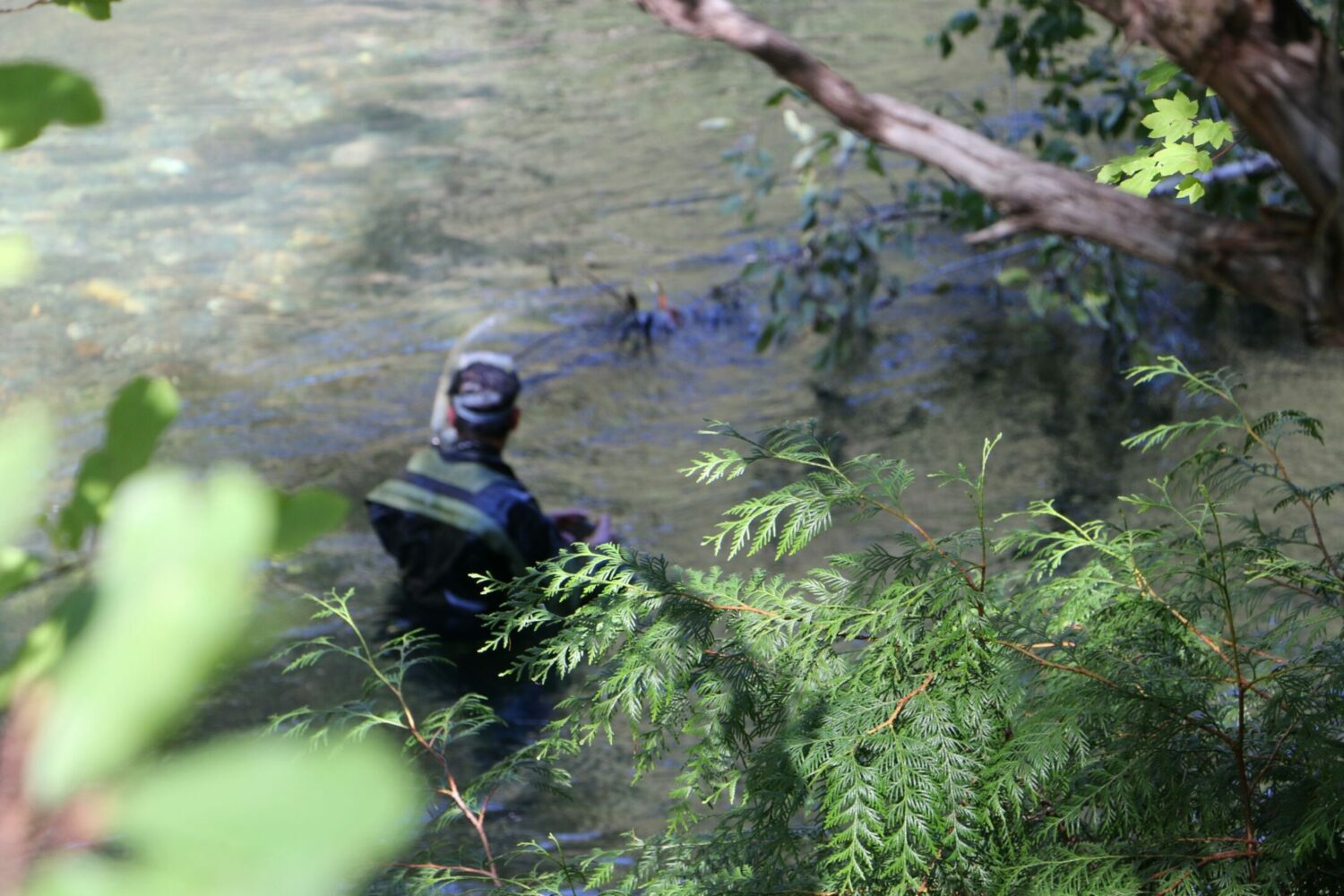
Along with a still-pending 2017 petition to list Upper Klamath-Trinity River Chinook from the Karuk Tribe and the Salmon River Restoration Council, the requests represent a two-pronged approach to winning protections specific to the spring runs of these salmon populations.
In both cases, the petitioners ask NOAA Fisheries to either list spring Chinook (“springers”) separately, as their own “evolutionary significant units,” or rule that their chronically low abundance warrants whole-population protections—including fall Chinook, which currently fare somewhat better by comparison. NOAA is expected to make a decision on the coastal populations by late summer 2023.
In the past, the agency has denied similar petitions by citing the reproductive compatibility of spring and fall Chinook. But science shows that these two populations are far from interchangeable.
According to Wild Salmon Center Science Director Dr. Matt Sloat, spring and fall Chinook are both genetically and behaviorally distinct, with unique habitat needs. And when counted apart from their fall-run cousins, the trendlines for spring Chinook are alarming.
“Spring and fall Chinook have many similarities, but the differences these runs accrued over evolutionary time are all-important,” Dr. Sloat says. “We now know just how easy it can be to lose the genes that make a spring Chinook a spring Chinook.”
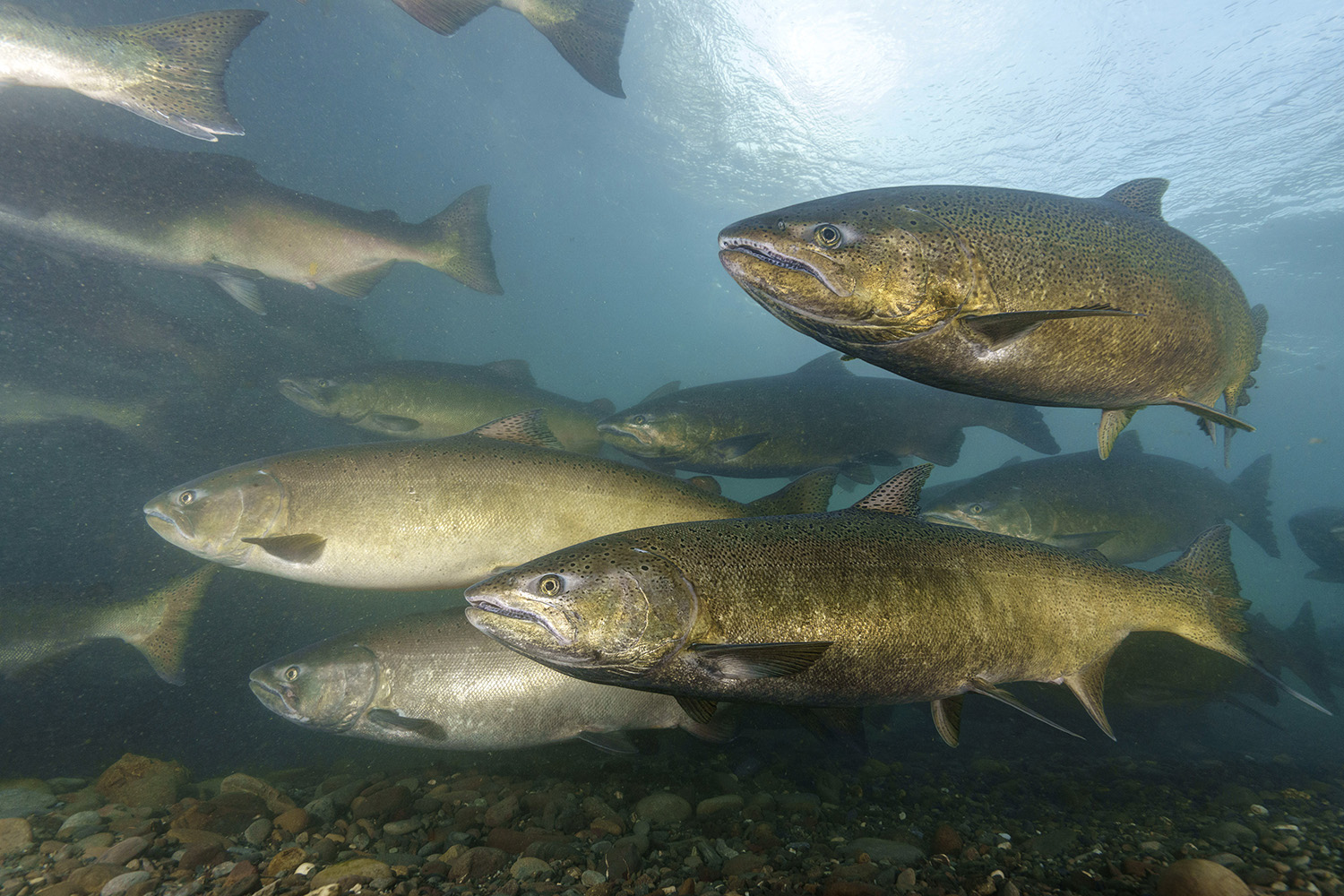
With the science clear on springers’ rapid decline, a growing number of conservation scientists, Tribal fisheries managers, conservation and recreational fishing groups are now pushing agencies to reconsider past stances on what spring Chinook, specifically, need as a species.
We now know just how easy it can be to lose the genes that make a spring Chinook a spring Chinook.
WSC Science Director Dr. Matt Sloat
While WSC is not a petitioner in either case, the argument that spring Chinook deserve special protection is grounded in genetic discoveries by WSC scientists and our partners.
In recent years, this new research has upended schools of thought about how to best protect early-returning salmonid populations like spring Chinook and summer steelhead.
For millions of years, Dr. Sloat says, springers sustained both their unique genetics and success by returning to freshwater early enough to claim exclusive spawning habitat in the highest reaches of still-swollen river systems.
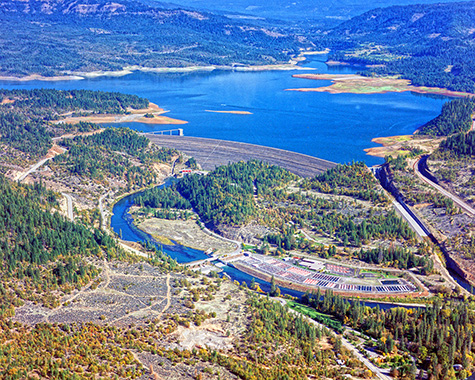
But now, with vast areas of historic spring Chinook habitat damaged or walled off by dams, remnant spring Chinook populations are often forced to compete with fall runs for remaining spawning gravel. Wherever different Chinook runs interbreed, Dr. Sloat says, the fall-run genes are winning out.
That’s very bad news for Tribes like the Karuk—for whom the “first salmon” has represented the center of spiritual and community life for millennia—along with countless other Pacific Northwest fishing communities that prize spring Chinook most highly among salmon harvests.
“We now know that if we lose the gene for spring Chinook in a river, we can’t expect that run to ever recover on its own, no matter how much we might improve water conditions or restore habitat,” says Dr. Tasha Thompson, a leading conservation geneticist.
If we lose the gene for spring Chinook in a river, we can’t expect that run to ever recover on its own, no matter how much we might improve water conditions or restore habitat
WSC Polsky Research Fellow Dr. Tasha Thompson
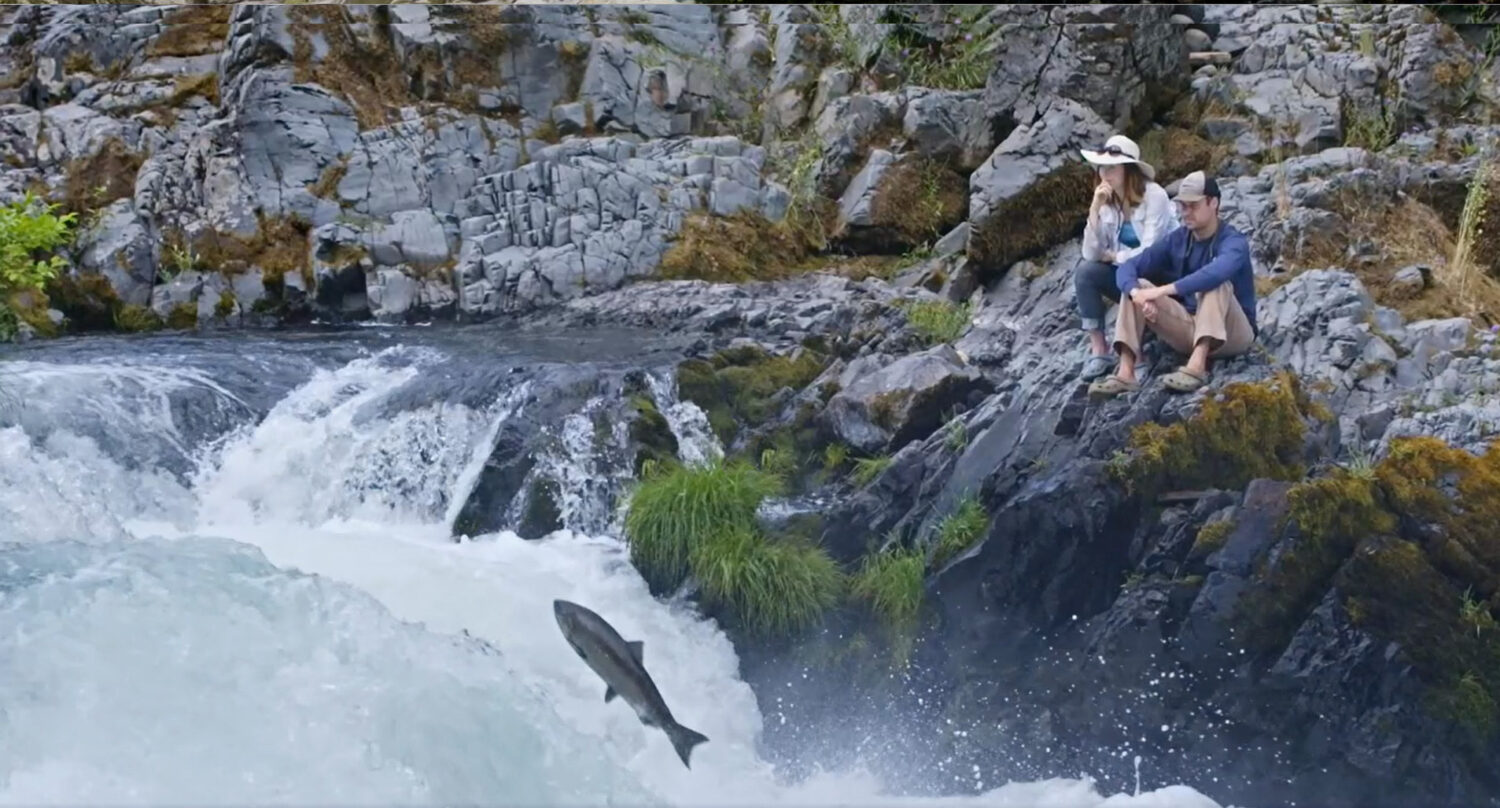
Dr. Thompson was part of a research team that discovered the specific gene within Chinook salmon responsible for fall and spring run timing. She also led a groundbreaking research project which found that one key gene factored into the fast decline of spring Chinook in Oregon’s Upper Rogue River—a system where fall Chinook populations are now crowding out other genotypes.
Now, as WSC’s inaugural Polsky Research Fellow, Dr. Thompson is currently creating a range-wide whole-genome database for both Chinook salmon and steelhead—data that could help unlock powerful new conservation tools in the future.
But in the meantime, Dr. Sloat says we can’t wait to act.
“Spring Chinook once numbered in the tens of thousands in these rivers,” says Dr. Sloat. “With springers now edging towards extinction, we urgently need both federal protections and conservation actions to bring them back from the brink.”
CONTINUE THE STORY:
“Geneticists Light Up Debate on Salmon Conservation,” The Scientist, Feb. 1, 2023
“First Salmon, Last Chance,” Wild Salmon Center’s story series on spring Chinook
